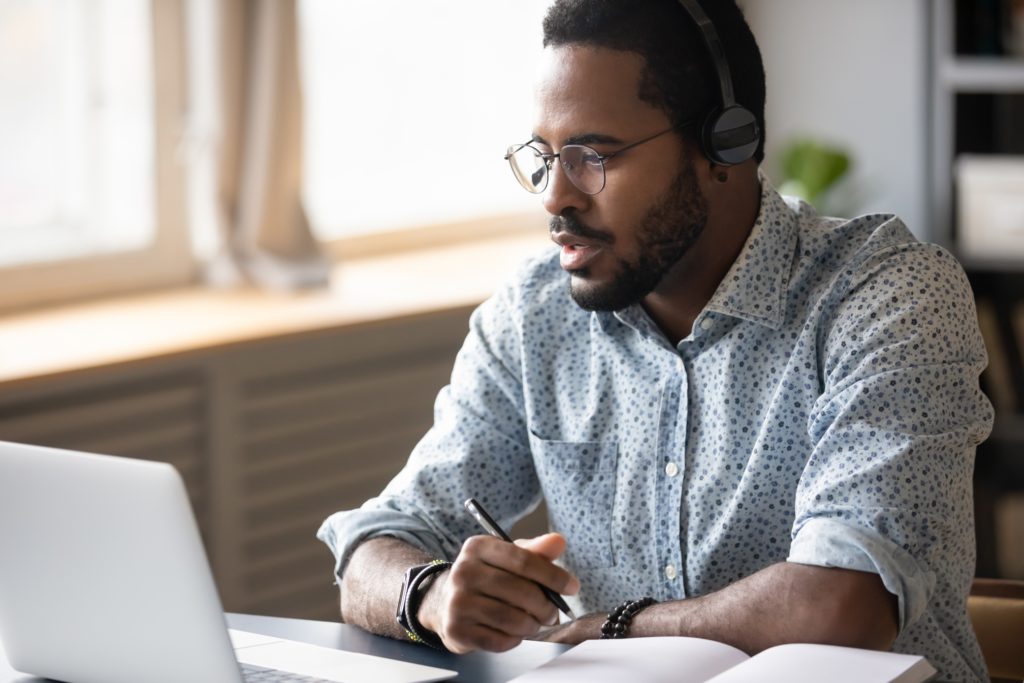Qontent by QOMO

The Future of Remote Classrooms
The school year has ended, and teachers have endured perhaps the greatest, most far reaching challenge to our education system in history. Without any guarantee that schools can reopen in the fall, it’s natural to wonder what happens next. Even if students can return to class, should things simply go back to normal?
One thing almost every teacher and school administrator agrees on is that we weren’t prepared for a sudden switch to remote education. Some school districts have decided to go forward with a hybrid model of teaching that integrates distance learning into everyday classroom learning. This would involve teaching different groups of students on alternating days and keeping classroom numbers low until the discovery of a vaccine for COVID-19.
However, methods like this could prove to be both difficult and expensive. Here are four ways you can prepare yourself and your students should schools need to ultimately close again.
1. Improve your home teaching setup.
Educators had little notice that their jobs would have to transition from school to home, leaving them with almost no time to acquire the remote learning devices or design the comfortable and practical home teaching space they would need.
Although nice to look at on Pinterest, it’s not required to spring for an entire decorated workspace with a wall-mounted dry erase board. A lot can be accomplished with a home computer and a portable or desk clamp document camera with a small footprint. If you do happen to have access to a full-sized whiteboard, you can effectively simulate an in-classroom experience using a PTZ camera.
2. Determine what worked and what didn’t.
If you struggled to use a particular device or software, or a particular lesson didn’t translate well over distance, it may not be worth trying again in the fall. Take the time to evaluate new edtech, software, and approaches until you find something that feels truly intuitive and comfortable.
3. Find shortcuts to save time and energy.
If you can pre-record a lecture or optimize a lesson for digital sharing, you’ll free up time that can be better spent connecting with your students and prioritizing those who have limited access to technology at home. Whenever possible, build off the experiences and successes of other teachers. Ask for help when you don’t know something. You don’t have to do everything yourself, from scratch, every time.
4. Prepare to take care.
Life happens, even during the school year. You won’t be able to head off unforeseen events that further disrupt your work/life balance, but an ounce of prevention is worth a pound of cure. Take time this summer to pay extra attention to your physical and mental health and streamline some aspects of your personal life.
If you’ve been putting off trying yoga or learning how to cook more nutritious meals, it’s a good time to start.
Enjoy your summer, and be proud that you endured such a remarkable challenge. You deserve some rest and relaxation. When you’re ready to prepare for the coming school year, we’re here to help. Visit our remote learning guide for more resources, or reach out to us directly if you need assistance. Schedule a demo with our team to see how edtech can assist you with remote instruction and distance learning.
QOMO is the educational technology company that creates tools that improve collaboration in the classroom and from a distance. From document cameras, interactive monitors to software, we have what you need to support you in the classroom or at home.

